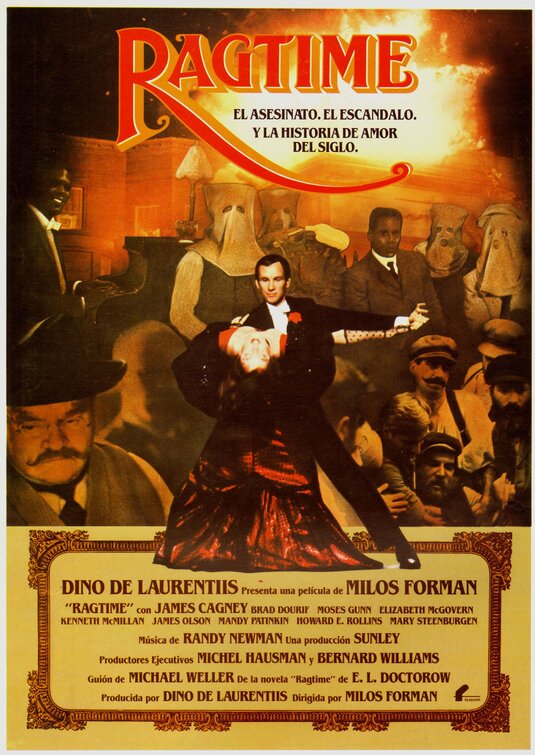
“I think it’s going to be memorable and an experience that people will carry with them - both because of this extraordinary group of performers and the designers (our incredible design team) and also because of this material, which is such high quality.” … It’s more rare than you think,” he says of the “landmark” cast. “Every one of our people is both a really good actor and a really good singer. Hunt, Cecelia Ticktin, Will Hantz, Sonnie Betts, Ian Lowe and Brianna Kaleen. The cast includes Kyrie Courter, Derrick Davis, Lora Lee Gayer, Zachary Prince, Daniel Jenkins, Harrison Bryan, Davon Williams, Clyde Voce, Rachel Parker, Taylor Jackson, Cathryn Wake, Victoria Huston-Elem, Ryan M.

Pomerantz’s cast and crew have been integral to solving the challenges of Ragtime, including its impressively long and complex song sequences, some of which feature costume changes and can run as long as 12 minutes. Figuring out the logistics of that is a very exciting thing, and I think it will be exciting for the audience to see how we’ve crafted that and resolved that puzzle.” That’s what we’re doing here, but this one is an interesting challenge because there are multiple storylines and many, many characters. “It’s exciting to figure out how (to adapt it) in our house style of taking traditionally very large musicals and doing them in a more intimate fashion. “It’s a challenging show to mount,” Pomerantz says. Even with a big-for-Bay-Street cast of 18, Ragtime typically has more than 20 singing/speaking roles, which means the director must plan character entrances and exits carefully, which in turn affects costumes, set pieces, scene staging more. What gave the original creators freedom to write and experiment, is now creating a fun challenge for Pomerantz. There were no limits on what kinds of harmonies you could write, what kinds of sweeping themes you could conquer and cover.” “Writing for that size orchestra and company of actors was very freeing, in a way, it was wonderful.

“It was the biggest project that Stephen and I had ever taken on, and we were so thrilled to stare this mountain of a show in the face and try to conquer it,” Ahrens says. It was stunning in its way, but when you get a small, compact, focused production … you really feel the power of the score much more and the power of the storytelling when you’re up close and the show is smaller.”ĭespite this, it could be argued that the production might not have been the memorable Tony-winning masterpiece it became without the freedom the large scale provided Ahrens, Stephen Flaherty and Terrance McNally. Your eyes were sort of all over the place, and you were so immersed in the glory of this huge physical production. And you couldn’t really focus on the impact of the stories themselves on each of those characters’ lives. “When we first did the show on Broadway, it was huge - the sets were huge, everything was gigantic.
__Ragtime(1).jpg)
“What we’ve learned over the years is that, in a way, smaller productions are more impactful than the large ones,” Ahrens says. Now having witnessed the true heart of Ragtime in scaled-down productions, Pomerantz believes it to be “one of the best musicals in the last 50 years … a masterpiece.” While believing that a famously large-scale musical is better when scaled down may seem like a hot take, one of the show’s creators, lyricist Lynn Ahrens, actually agrees.


 0 kommentar(er)
0 kommentar(er)
